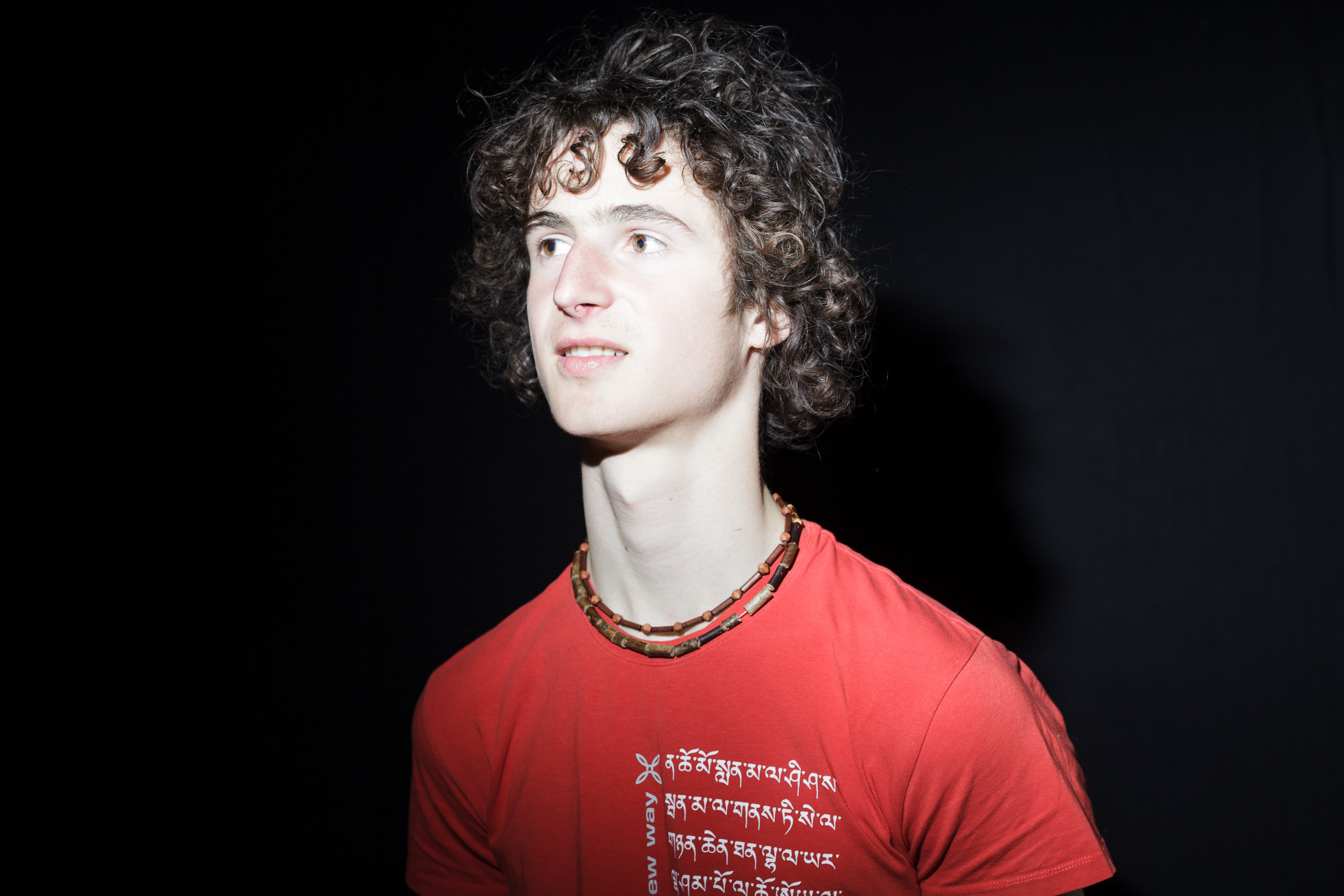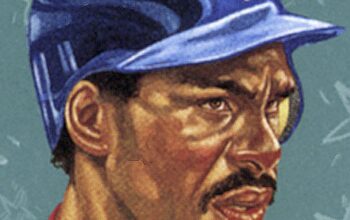Adam Ondra, a name synonymous with unparalleled skill in the realm of rock climbing and competition climbing, has captivated audiences and practitioners alike with his talent and dedication. Born on February 5, 1993, in Brno, Czech Republic, Ondra’s influence extends beyond mere athleticism; he represents a paradigm shift in the sport, elevating climbing to extraordinary heights—both literally and figuratively. But what lies beneath the surface of this exceptional athlete? One of the more intriguing inquiries surrounding him is: What was Adam Ondra’s net worth?
While specific figures can fluctuate, estimates suggest that Adam Ondra’s net worth is in the realm of several million dollars. This wealth largely stems from a combination of sponsorships from leading outdoor brands, competition earnings, and his ventures into guiding and coaching. His partnerships with esteemed companies not only bolster his financial standing but also reflect his stature as a global icon within the climbing community. Yet, fluctuating endorsements and appearance fees can make it challenging to peg down an exact figure, leaving many to ponder the financial trajectory of this climbing prodigy.
Diving deeper into Ondra’s formative years, we find that early exposure to the outdoors played a critical role in shaping his adventurous spirit. Growing up in the Czech Republic, a nation rich with verdant forests and imposing cliffs, young Adam was drawn to climbing at the tender age of six. Under the tutelage of his father, a skilled climber himself, Ondra quickly developed his skills. His proclivity for scaling rock faces was evident, and by the age of seven, he was already competing in climbing competitions.
Education, often deemed a secondary pursuit in the athletic realm, was not overlooked in Ondra’s journey. He maintained a diligent approach to academics and ultimately graduated from high school in 2011. His thirst for knowledge extended beyond the classroom; Ondra’s experiences while traveling on climbing expeditions around the world enriched his understanding of different cultures, thereby enhancing his adaptability and resilience. This balance between intellectual growth and athletic dedication would come to define his multifaceted persona.
As he transitioned from a promising young climber into a formidable competitor, Ondra’s career took flight. By 2014, he had solidified his status as one of the best climbers in the world, having not only won several World Cup competitions but also achieved the unprecedented feat of grading an outdoor route, “Silence,” at 9c (5.15d). This landmark achievement elevated the world of climbing to new heights, challenging climbers globally to push their limits further than ever before.
Ondra’s accolades and achievements are numerous. He became the first athlete in the world to win the World Championship in both lead and bouldering in the same year, a remarkable feat that added yet another layer to his already prolific career. His prowess in competition climbing, particularly in difficult lead routes and bouldering, continues to inspire climbers across the spectrum, from novices to seasoned professionals. Yet, it’s not merely his competitive victories that garner attention; it’s his approach to climbing that sets him apart.
Ondra’s distinct climbing style is characterized by meticulous technique and strategic problem-solving, often likened to that of a chess game played vertically. He has a unique ability to blend physical strength with cognitive skill, allowing him to analyze and adapt to challenging routes with unparalleled finesse. This merging of mind and body underpins his philosophy of climbing—not just as a sport, but as an art form. In a field often dominated by brute strength, Ondra emphasizes the importance of mental acuity and emotional resilience.
Yet, the world of climbing has its share of controversies—none more pronounced than the evolving conversation surrounding competition ethics and doping allegations. While Ondra himself has remained steadfastly clean and transparent throughout his career, the subject remains a hot-button issue. Critics argue that while the sport has expanded in scope and recognition, the integrity within competitions may occasionally come into question. Ondra’s commitment to fairness and ethical practices underscores his character, branding him as not only a champion on the wall but also a proponent of preserving the integrity of the sport.
Delving into Ondra’s personal life, we discover a persona that belies the stereotypes often associated with elite athletes. He is known for his humility and relatability, often engaging with fans and aspiring climbers through social media platforms and workshops. In interviews, he frequently emphasizes the importance of community within the climbing culture—a reminder that while individual achievement is significant, the collective spirit of climbing is what truly fosters growth and innovation.
Interestingly, Ondra has also expanded his repertoire beyond competitive climbing. He has ventured into film, participating in documentaries that showcase not only his climbing prowess but also the essence of adventure itself. This movement into visual storytelling has allowed him to connect with broader audiences, inspiring others to explore the great outdoors. With each climb broadcasted, each appearance captured on screen, Ondra invites viewers into his extraordinary journey, perpetually shifting the perception of climbing as an exclusive endeavor.
In conclusion, Adam Ondra is not merely a climber but a phenomenon, a catalyst for a new generation of athletes who view climbing through a lens of creativity, community, and exploration. His net worth, early life, and career trajectory tell a powerful story of dedication and resilience, while the controversies he navigates reveal the complexities within competitive sports. In embodying the spirit of climbing, Ondra transcends the mere act of ascending rock faces—he invites us all to embrace our own challenges, both on and off the wall.




